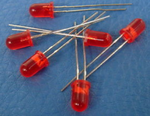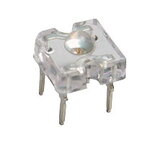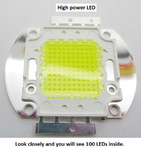gilperon
Newbie level 5
Hi, instead of using small batteries (which I know are really safe) I want to use my old cellphone charger. It says it provides 5v and 1150mA. I know 50mA can kill a person, so my question is: if I use this charger (cut wires and connect them to my breadboard and the outlet of a wall) and if I make some mistake and short the wires + and - in my hand will I get killed? Ohm law says that U = RxI so a small R (which would be my finger R) would provide a high I that would kill me (as I believe).
I know I wont be killed cause I see many people using this kind of power outlet of wall as a power supply to their breadboard so why is it not dangerous? Why if I short this circuit in my hand the 1150mA will not kill me?
Thank you so much and sorry for my english, really sorry.
I know I wont be killed cause I see many people using this kind of power outlet of wall as a power supply to their breadboard so why is it not dangerous? Why if I short this circuit in my hand the 1150mA will not kill me?
Thank you so much and sorry for my english, really sorry.


